What you install in your backyard now could become a legal headache in the near future. As cities and suburbs crack down on light pollution, homeowners are being forced to rethink their outdoor lighting and illuminated features. New regulations are targeting bright fixtures that disrupt wildlife, obscure the night sky, or spill over into neighbors’ properties. Here are the backyard additions that may not survive the next wave of light pollution laws.
1. High-Intensity Floodlights
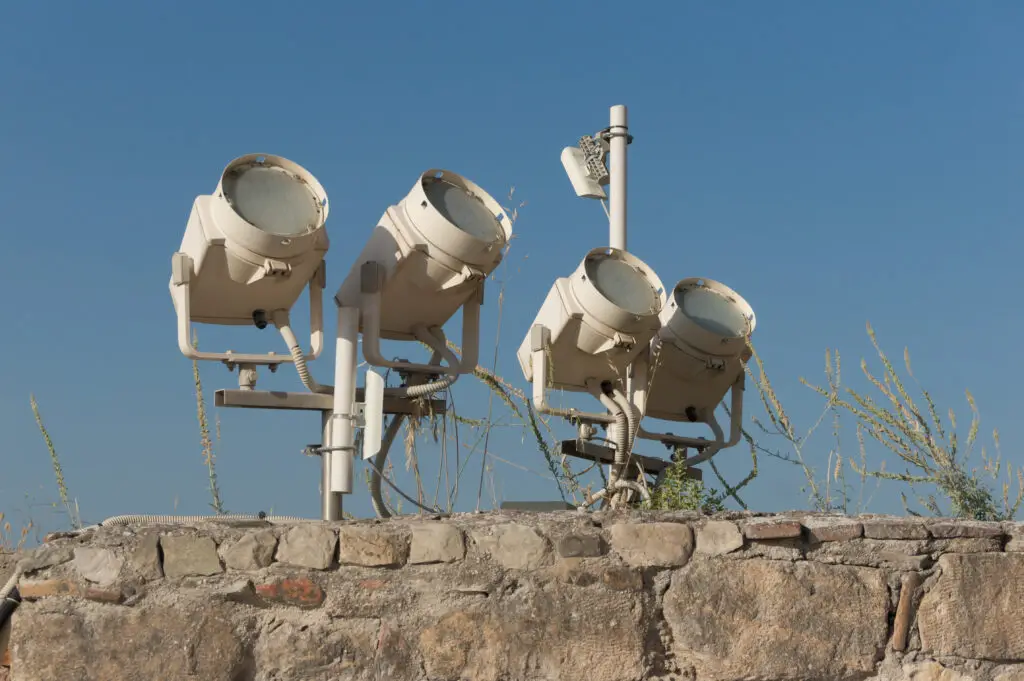
Many homeowners install bright floodlights to improve visibility and security around their yards. However, National Geographic notes that high-intensity lights are often a major contributor to neighborhood light pollution and may soon be heavily regulated. Future laws could require these fixtures to be shielded, dimmed, or even removed altogether if they exceed new brightness standards. Homeowners relying on powerful lighting could face unexpected fines or mandatory changes to their setups.
In preparation, it’s wise to look into full cut-off floodlights that direct beams downward rather than across property lines. Choosing lower-lumen bulbs and adding motion sensors can help ensure outdoor lighting remains compliant without sacrificing safety. This way, you’ll still enjoy security without becoming a target for enforcement. Getting ahead of the curve now could save major headaches down the line.
2. Decorative String Lights
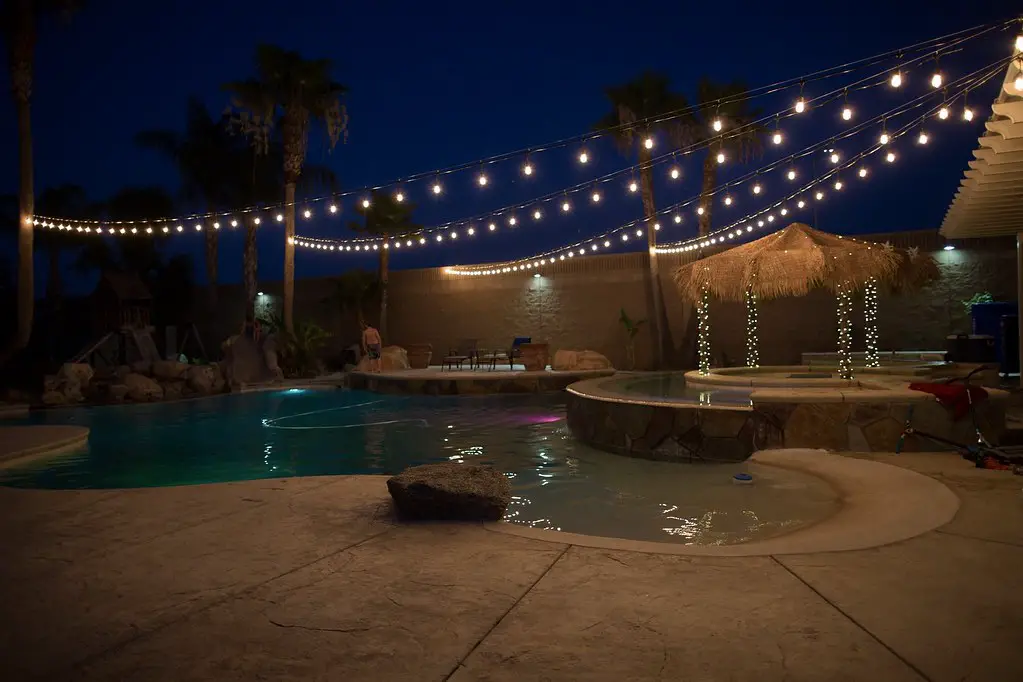
String lights bring a cozy, festive atmosphere to outdoor spaces, but Homes & Gardens points out that even these can cause problems under new ordinances. When left on overnight or hung in excessive numbers, string lights contribute to skyglow and disrupt local ecosystems. Municipalities are increasingly taking note and proposing limits on how, when, and where decorative lighting can be used. What seems like a harmless design choice today could quietly become restricted in the near future.
To stay ahead, homeowners should use timers, low-intensity bulbs, and shielded designs wherever possible. Limiting usage to special occasions or designated times can also help maintain compliance. What matters most is reducing ambient light that spills into the sky or neighboring yards. Smart choices now could prevent awkward run-ins with future regulations.
3. Permanent Uplighting
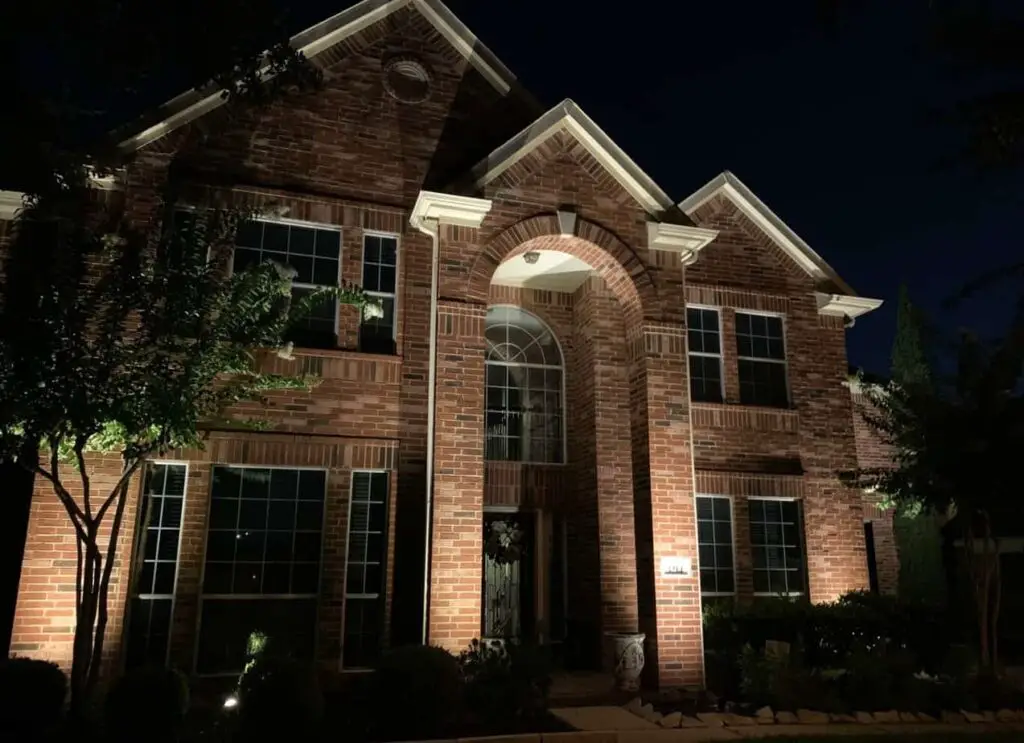
Homeowners love uplighting to highlight trees, gardens, and architecture, but this popular design feature could soon be restricted. According to The New York Times, uplighting contributes significantly to skyglow because it sends beams of light directly into the atmosphere. New rules may soon require that outdoor lighting only be directed downward to preserve night skies and protect wildlife. That glowing effect around your favorite oak tree might soon need to be rethought.
Instead, consider ground-level lighting that softly washes surfaces without pointing upward. Shielded fixtures and lower lumens can also create beautiful effects without violating future standards. Adjustments now could save the cost of tearing out and replacing expensive installations later. Plus, it’s a small shift that helps preserve natural darkness for everyone.
4. Landscape Pathway Lights
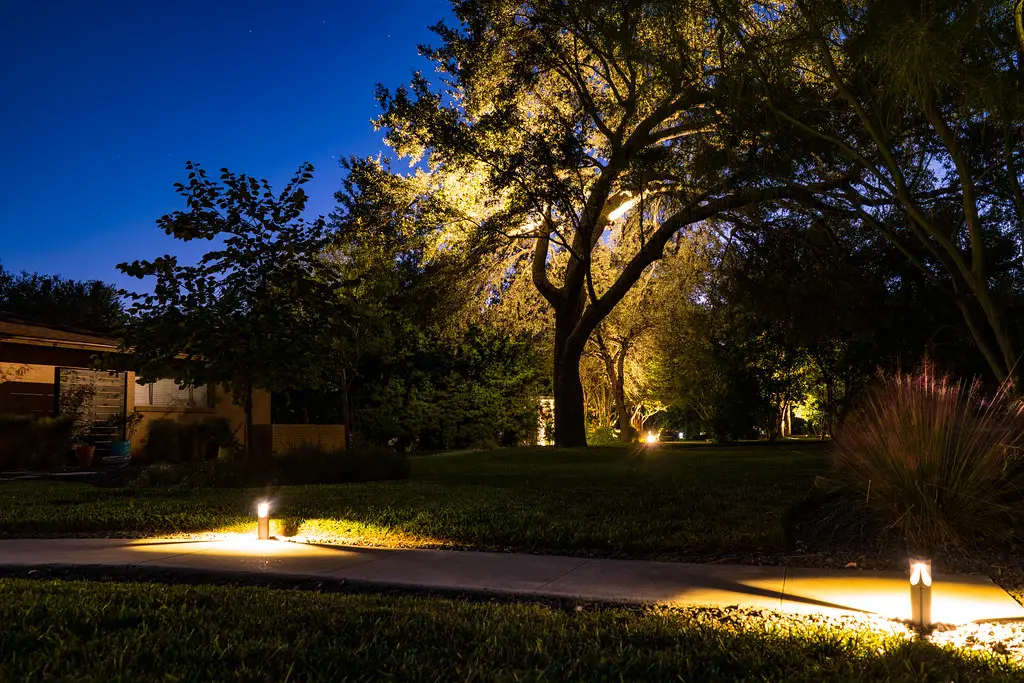
Illuminating pathways makes yards safer and more inviting, but experts increasingly warn that even subtle landscape lighting can be a culprit. Better Homes & Gardens highlights how poorly designed pathway lights can still contribute to light pollution if they spill light upward or sideways. Cities focusing on dark-sky initiatives may soon require stricter controls on these types of fixtures. Those charming trails of lights could quickly become a point of contention.
Homeowners can preemptively switch to fixtures that direct light strictly downward and feature built-in shields. Choosing solar-powered options with low brightness settings is another way to keep pathways safe without adding to overall glare. It’s all about smart design that keeps light where it’s needed—and nowhere else. Anticipating these trends now means fewer headaches in the future.
5. Overly Bright Pool Lighting
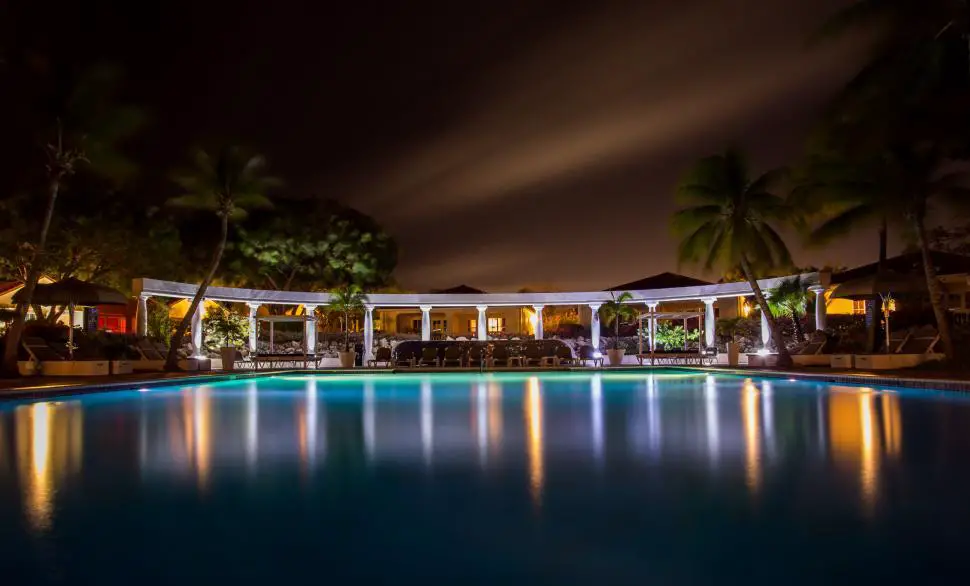
Many backyard pools are outfitted with elaborate underwater and landscape lighting to create a resort-like feel. While beautiful, these setups can create major light pollution, especially if the lights are not properly shielded or turned off after hours. As municipalities adopt stricter outdoor lighting ordinances, pools bathed in bright light overnight could be flagged for violations. Homeowners might find themselves needing costly retrofits or facing new fines.
To avoid this, future pool designs may emphasize more subtle lighting strategies. Motion-activated pool lights, timer systems, and directional covers could help meet new requirements without sacrificing ambiance. Homeowners who prioritize these upgrades early could find themselves well ahead of tightening regulations. A little forethought now can make a big difference later.
6. In-Ground Spotlights
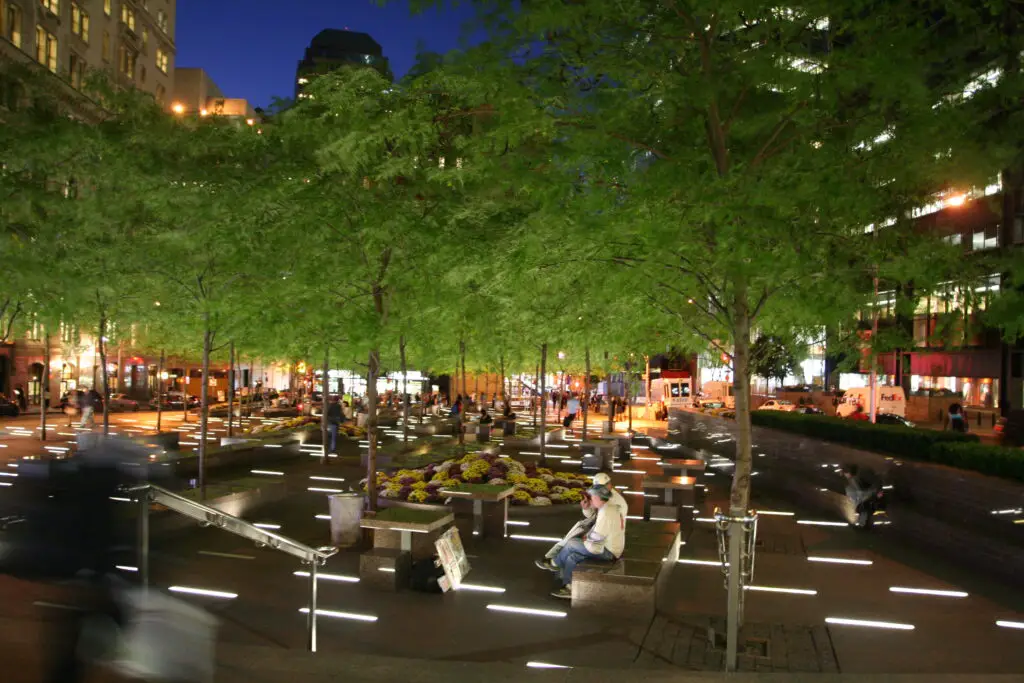
In-ground spotlights installed around gardens or architectural features often send light beams at steep angles that cause glare. Even though they seem discreet, these lights can contribute heavily to skyglow if not properly aimed and shielded. Future rules may require that these fixtures be altered or removed altogether if they continue to add to ambient nighttime brightness. It’s a surprising detail many homeowners overlook.
To stay in compliance, it’s important to use shielded in-ground lights that focus illumination strictly downward. Choosing softer, warmer-toned bulbs can also help reduce brightness without losing the desired aesthetic. Designing smarter today will help ensure that beautiful nighttime landscaping doesn’t become a regulatory headache tomorrow. The goal is preserving visibility without excess.
7. Excessive Garden Lighting
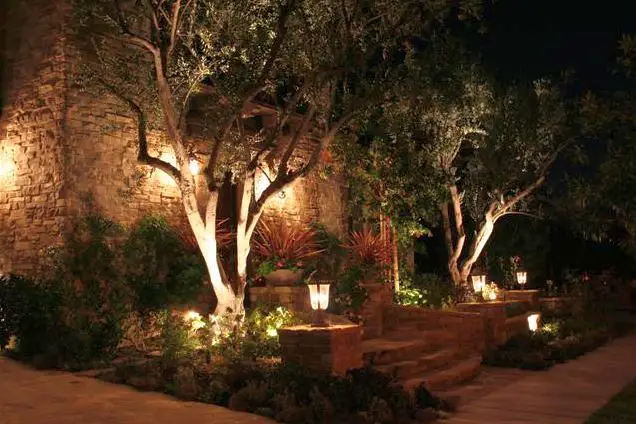
Gardens filled with small spotlights, fairy lights, and accent fixtures can look magical at night, but municipalities are increasingly concerned about the cumulative impact. What feels subtle in one yard becomes overwhelming when multiplied across neighborhoods. In the near future, expect new limits on the number and type of lights allowed per outdoor area. Large, glowing gardens could be cited for light pollution under emerging codes.
Rather than blanket gardens in light, homeowners may need to choose one or two focal points for illumination. Lighting sensitive to motion or timers can maintain a beautiful look without contributing to environmental degradation. The shift toward minimal, focused lighting is not just aesthetic—it’s becoming a compliance necessity. Less truly will be more.
8. Neon Yard Art and Sculptures

Glowing yard sculptures and neon art have gained popularity as statement pieces, but they might soon face new scrutiny. Since these pieces often remain illuminated through the night, they contribute significantly to light pollution in residential areas. Communities adopting dark-sky-friendly policies may outright ban neon installations outdoors, no matter how artistic or unique. That cool feature today could soon be an unexpected violation.
To adapt, homeowners can look into solar-powered, dimmable options or limit their use of neon to temporary displays. It’s also wise to position illuminated art where it won’t spill light into neighboring properties. Thinking through these details ensures your personal creativity doesn’t run afoul of shifting regulations. It’s all about balancing expression with environmental responsibility.
9. Backyard Theater Screens
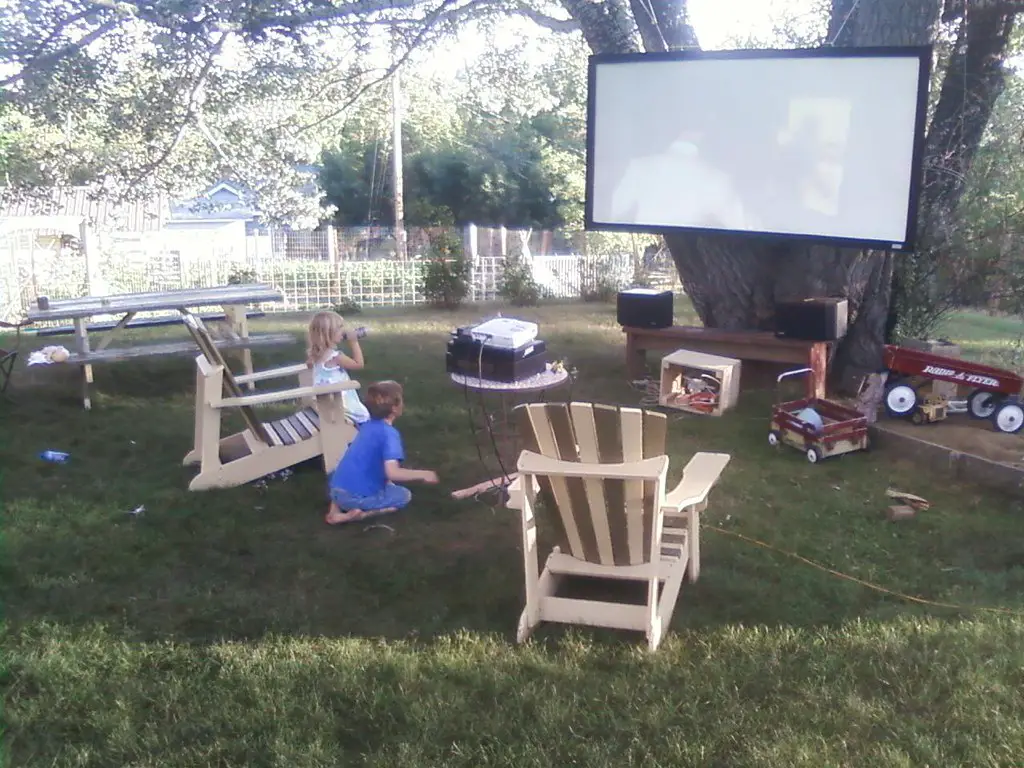
Setting up large projection screens for outdoor movie nights is a beloved tradition, but the light from these setups can cause serious glare. Especially when operated late into the evening, outdoor theaters may soon fall under light pollution restrictions. Municipalities could require screens to be limited in size, brightness, or operating hours to protect nighttime environments. It’s a side effect many outdoor entertainment fans haven’t considered.
Homeowners can prepare by choosing lower-brightness projectors and installing screens with anti-glare coatings. Limiting movie nights to earlier hours will also help stay compliant with future neighborhood rules. Balancing fun with respect for the night sky is going to become increasingly important. A few adjustments now can preserve your backyard cinema traditions for years to come.
10. Solar Garden Statues with Built-In Lights

Solar-powered garden statues are charming and energy-efficient, but they are not immune to concerns about excessive nighttime brightness. When dozens of solar statues line walkways or decorate gardens, their collective light output can become disruptive. Future ordinances might cap the number of lighted ornaments allowed or require shielding even for solar-powered items. A whimsical touch today could become a regulatory issue tomorrow.
Opting for statues with lower-lumen outputs and ensuring they have dusk-to-dawn sensors can help reduce overall light contribution. Spacing them strategically to avoid concentrated glow is another smart move. The trend is shifting toward functionality with minimal disruption. It’s a small adjustment that respects both your garden’s beauty and the surrounding community.
11. Outdoor Kitchens with Bright Task Lighting
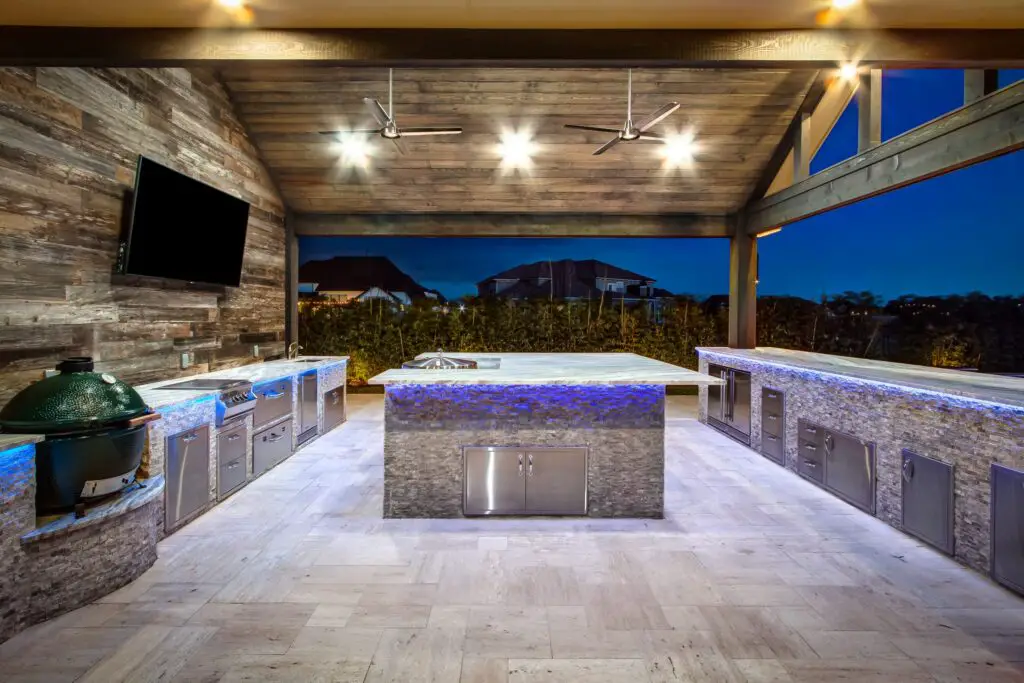
Outdoor kitchens often feature bright task lighting so people can cook and dine after dark. However, if lighting is too intense or poorly directed, it can contribute significantly to local light pollution. Cities focused on preserving natural night environments may soon regulate the lumens and angles of outdoor kitchen lighting. Homeowners could find themselves needing to retrofit these spaces to comply with new codes.
Choosing under-cabinet or directed task lighting with lower outputs can help maintain usability without broadcasting glare across the neighborhood. Shielded fixtures and warm light temperatures also blend more naturally into nighttime settings. These proactive steps will allow homeowners to enjoy their outdoor kitchens without risking compliance issues. Smart planning now prevents bigger challenges later.
12. Landscape Wall Washers
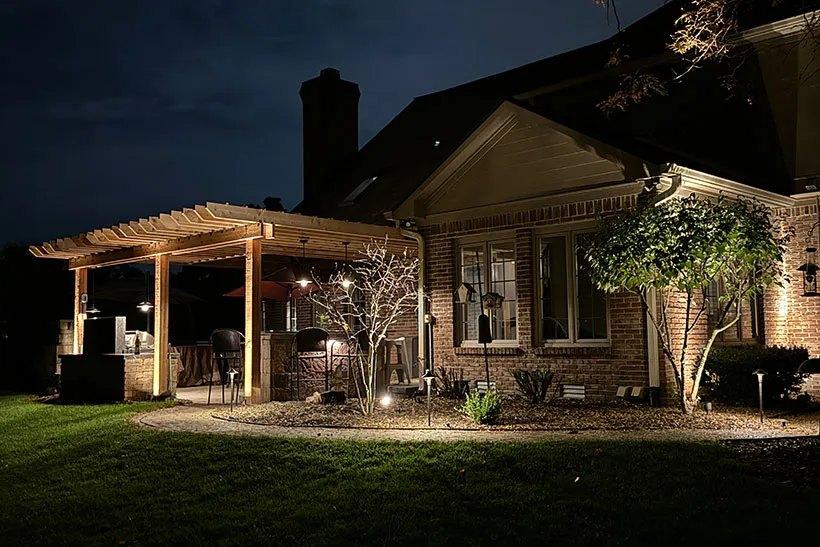
Wall washers that bathe large exterior walls or fences in light can create dramatic effects—but they also contribute significantly to ambient light pollution. Because they often operate at high lumens and cast light across wide areas, they’re increasingly under scrutiny by environmental advocates. Upcoming codes might require that wall washers be dimmed, shielded, or eliminated entirely in favor of more focused lighting techniques.
Homeowners can transition now by using targeted accent lighting instead of broad, high-powered wall washing. Lower-wattage options and motion controls can still showcase architectural features without over-lighting the environment. This balance ensures that beauty and compliance go hand in hand. Adapting early helps preserve both your home’s look and the neighborhood’s natural character.
13. Permanent Solar Light Installations
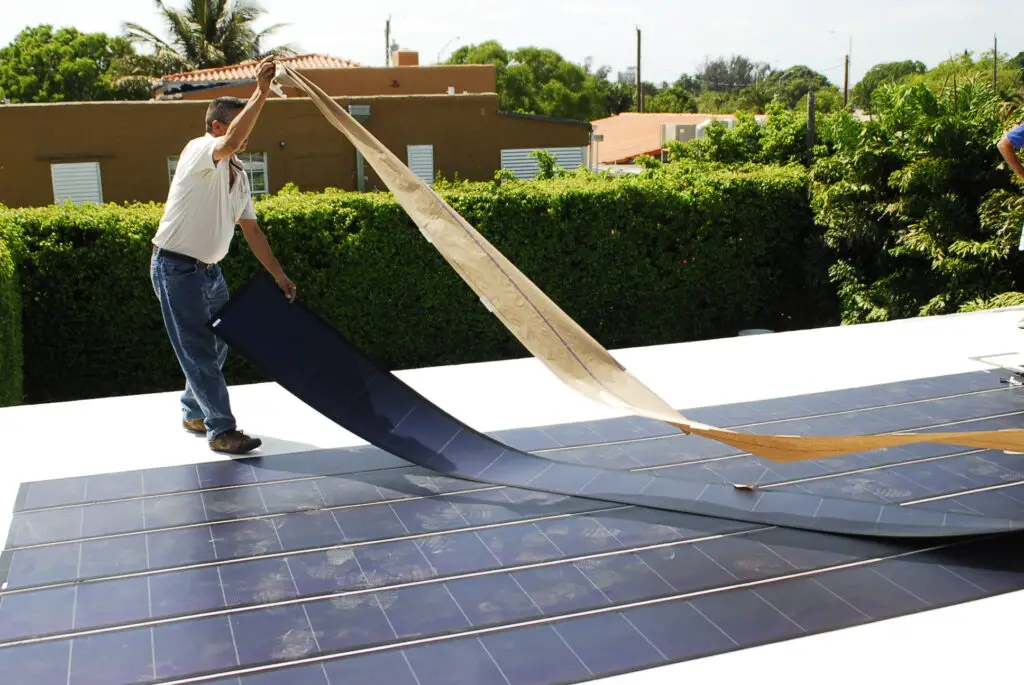
Solar lights are often seen as eco-friendly alternatives, but even they can become problematic under stricter light pollution laws. When installed permanently and in large numbers, solar lights can contribute to excessive brightness and light trespass, especially if they stay on all night. Future ordinances may regulate the number, placement, and intensity of solar-powered lights just as much as traditional options. Homeowners might be surprised to find that “green” lighting is not automatically exempt from new rules.
To stay compliant, it’s important to choose low-lumen models with built-in timers or motion sensors that reduce unnecessary illumination. Positioning solar lights carefully to minimize upward and outward light spill will also help meet evolving standards. It’s a shift toward using outdoor lighting only when and where it’s absolutely needed. Otherwise, even well-intentioned solar installations could end up being fined or forced to be removed.
